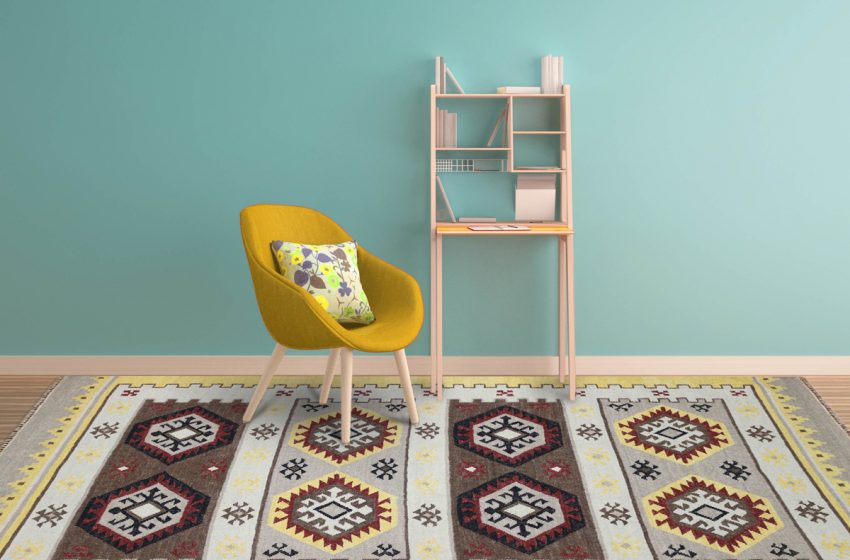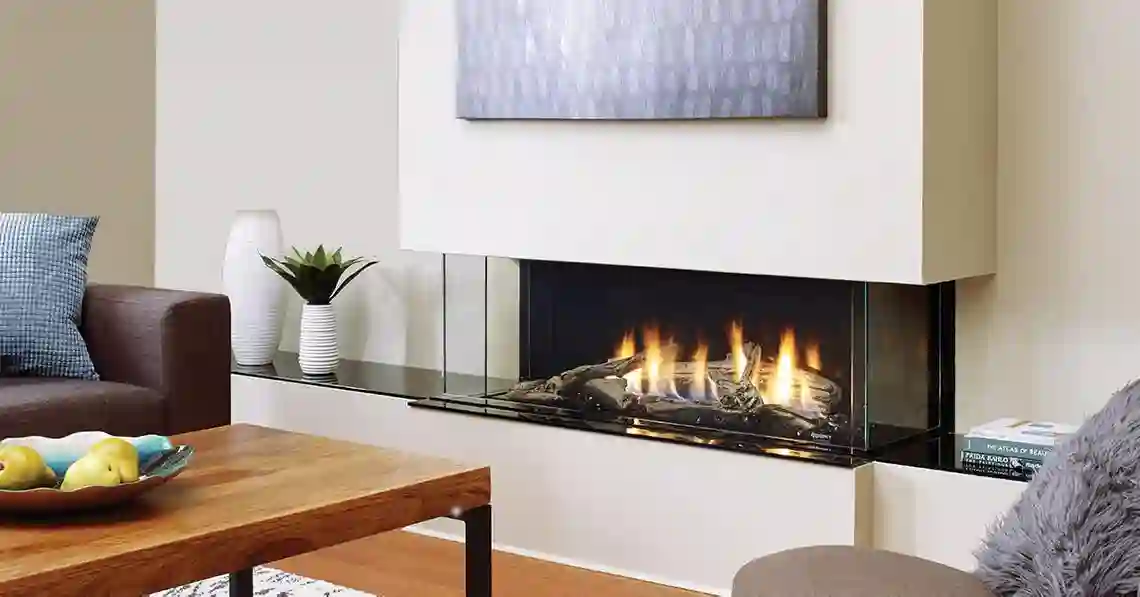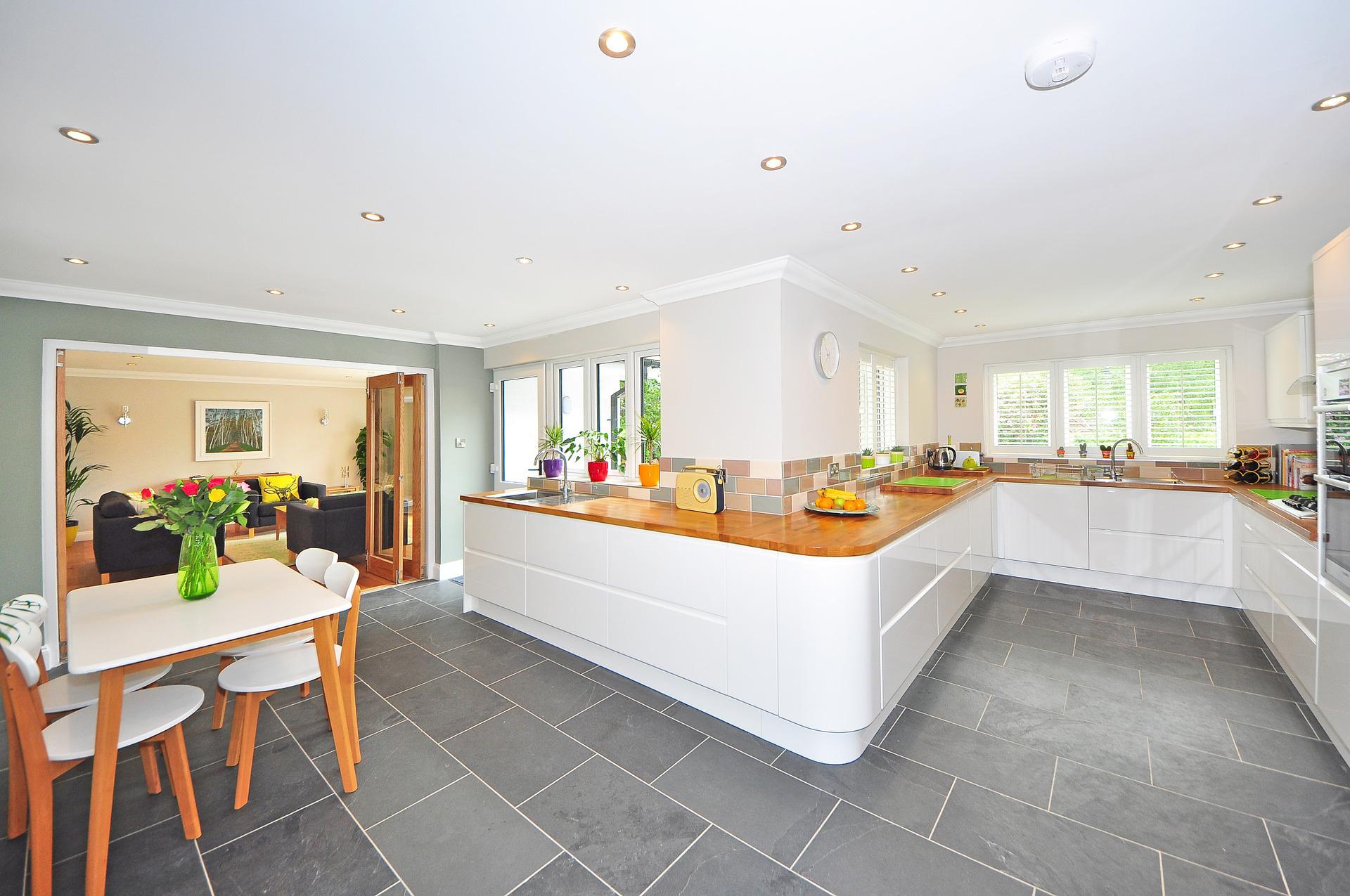
Guide to Choose the Right Carpets for Your Home
A carpet or rug instantly transforms the look and feel of your spaces, adding definition, warmth and colour. But how do you choose between shaggy or pile, contemporary or Persian, handloom rug or woollen carpet? We’re here to roll out all the options for you! Read on to find out more.
Choosing Between Rugs and Carpets
What is the difference between a rug and a carpet? They are both essentially the same, the only real difference being the size; rugs are smaller. Traditionally, a carpet was considered to be a floor covering that was fixed and installed wall-to-wall, but today’s carpets are not always fixed and can be rolled up much like a rug. They are, however, bigger than rugs, which usually have a side of less than 6 feet in length.
In colder climates, rugs are sometimes used on top of a wall-to-wall carpet for added warmth.
Choosing the Carpet Size
A carpet or rug should not be too small, or it will get lost in your room. Neither should it be so large that it overwhelms the space in the room.
Ideally, the carpet should be of a size that defines the area where it is used.
- For instance, if it’s being used in the seating area, you should be able to place your furniture on the borders of the carpet in such a way that at least the two front legs are below the carpet.
- If you have two seating areas in the living or family room, you can use multiple rugs to separate and segregate the space.
- If the carpet is being used below the dining table, it should be large enough to cover the space when the chairs are pulled out. A 2 feet perimeter around the footprint of the table should work.
- In the bedroom, at least half the rug should go below the bed. In a smaller bedroom, even a long runner at the foot of the bed will do.
Living Room Carpets
Your living room is often the space that’s used most often in your home. This is where you entertain friends, get together with family, and catch up at the end of the day with your spouse and kids. The carpet you choose should be sturdy, durable, and look good as well. Choose darker hues that will not get soiled and will stand up to rough use. Match the carpet to the décor theme and your colour palette.
In a formal living room that is used only for entertaining, delicate options like a Persian carpet will add an air of elegance.
Entrance Door Mats
At your entrance door, you should lay down a small fibre mat for wiping shoes and footwear before anyone enters your home. This mat should be thick, non-skid, and easy to clean. Natural coir or jute mats work well here.
Dining Room Carpets
The dining room is used only for meals and the carpet should be one that can withstand food spills. Opt for darker colours, or for light colours that do not stain. Materials such as stain-resistant nylon, polypropylene and polyester material can be washed easily and are relatively inexpensive.
Carpets for the Hallway
The foyer or hallway is the space that gives the first impression of your home. Small attractive runners in thick wool or nylon furnishings, with unusual motifs placed at the centre of hallways, make a great style statement. Because of the foot traffic, durability is of paramount importance, so sturdier materials should be chosen.
Bedroom Carpets
When you get out of bed, it feels good to land on a soft, welcoming carpet! Besides being comfortable and soft, plush carpeting for the bedroom must be in tune with your tastes since this is a very personal space. This room has the least wear, as it is used only at night, and you can opt for rugs in cotton, nylon or wool that will complement the decor.
Bathroom Mats
Your bathroom mat should be soft and absorbent to absorb the water from your bath. It should also have a rubber backing with a good grip so that it does not slip or slide across the wet floor. Choose a material that can be washed regularly, does not get ruined in the washing machine, and dries easily.
Carpets for Stairs and Landing
Carpets are not usually recommended on staircases or landings as if you snag your foot you could be in danger of falling. However, if you must have a carpet on the staircase or landing area, make sure to choose a material that does not slip, or you could find yourself taking a toss down the stairs! Stair runners in wool or jute with patterns are an intelligent choice. Do ensure that the carpet is nailed or glued down and does not move.
Tips and Tricks to Choose Right Carpets
- As a thumb rule when deciding the patterns in the carpet, scale them in proportion to the size of the room. For instance, a large room should have larger patterns, while a smaller room can have small patterns that are repetitive.
- A narrow room can be made to look visually wider by using a carpet that is striped.
- Black and white carpets add a contemporary look to any room.
- Fine Persian carpets increase in value over the years and can be considered a prized heirloom possession.
- Every once in a while, you should turn the carpet around so that all the sides fade or get worn out equally. Try to avoid putting heavy furniture with clawed feet on the carpet as it will leave a dent over time that cannot be removed easily.
- In an open-plan home, you can use carpets and rugs to clearly delineate one space from the other.
Carpet Material
Choose the material according to the usage. Shaggy carpets feel warm underfoot in the bedroom, and it’s a lovely feeling to wake up and sink your toes into the softness of the carpet next to the bed! A mat used in the bathroom should have antiskid properties, while a rug used in a children’s room should be washable and durable enough to withstand spills and rough-and-tumble play. Jute, cotton, or coir mats feel rough underfoot and bring in the feel of natural fibre.
Carpet Cleaning and Maintainance Tips
All carpets and rugs should be vacuumed on a regular basis to prevent the settling of dust and keep them feeling soft and fresh. Once every couple of months, you can air the carpet out in the sun on your terrace or balcony. Any spills should be cleaned up at once to prevent permanent stains. In case of liquid spills, blot dry and use a stain remover that will not discolour the material. For expensive carpets, professional cleaning is recommended.



